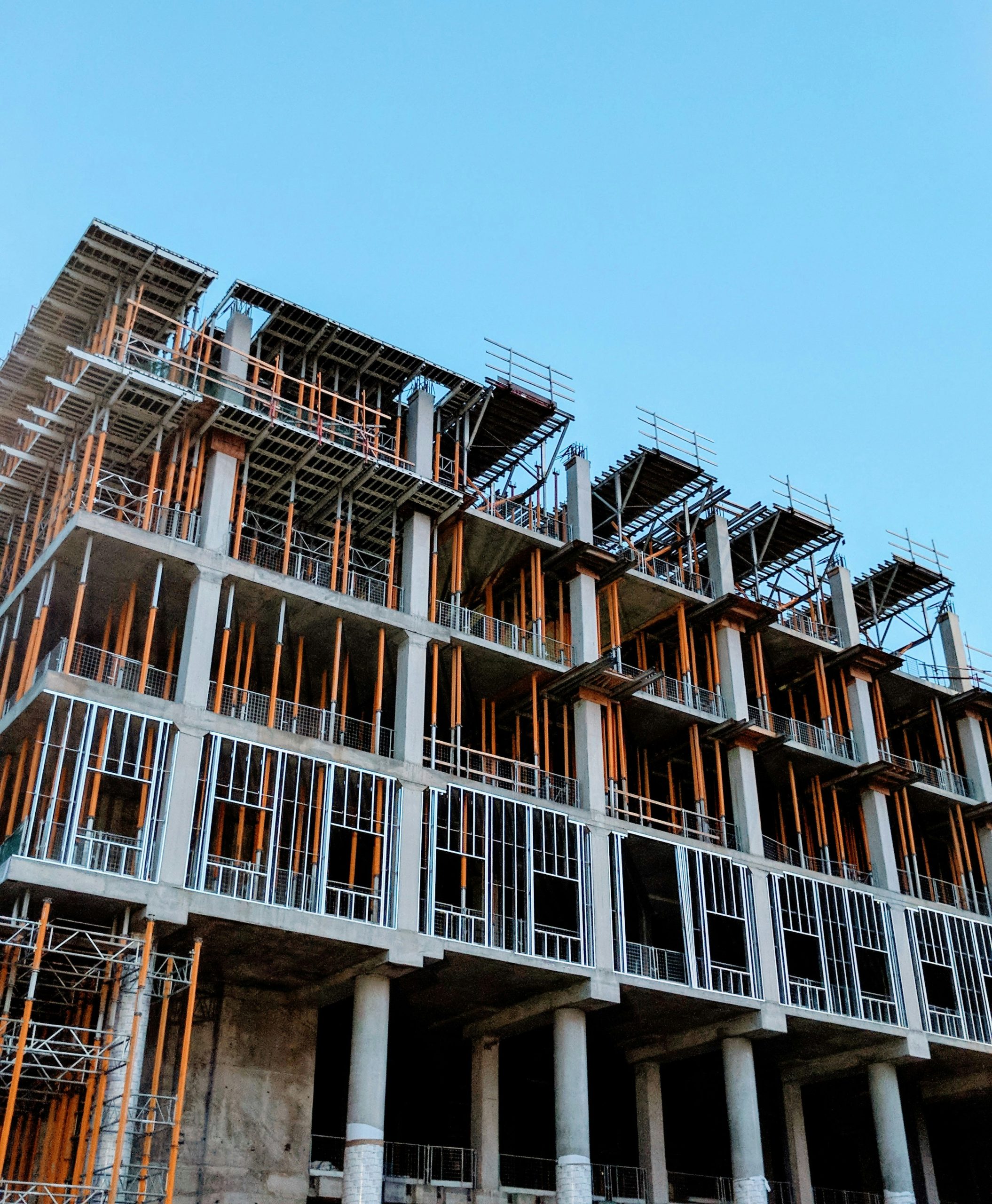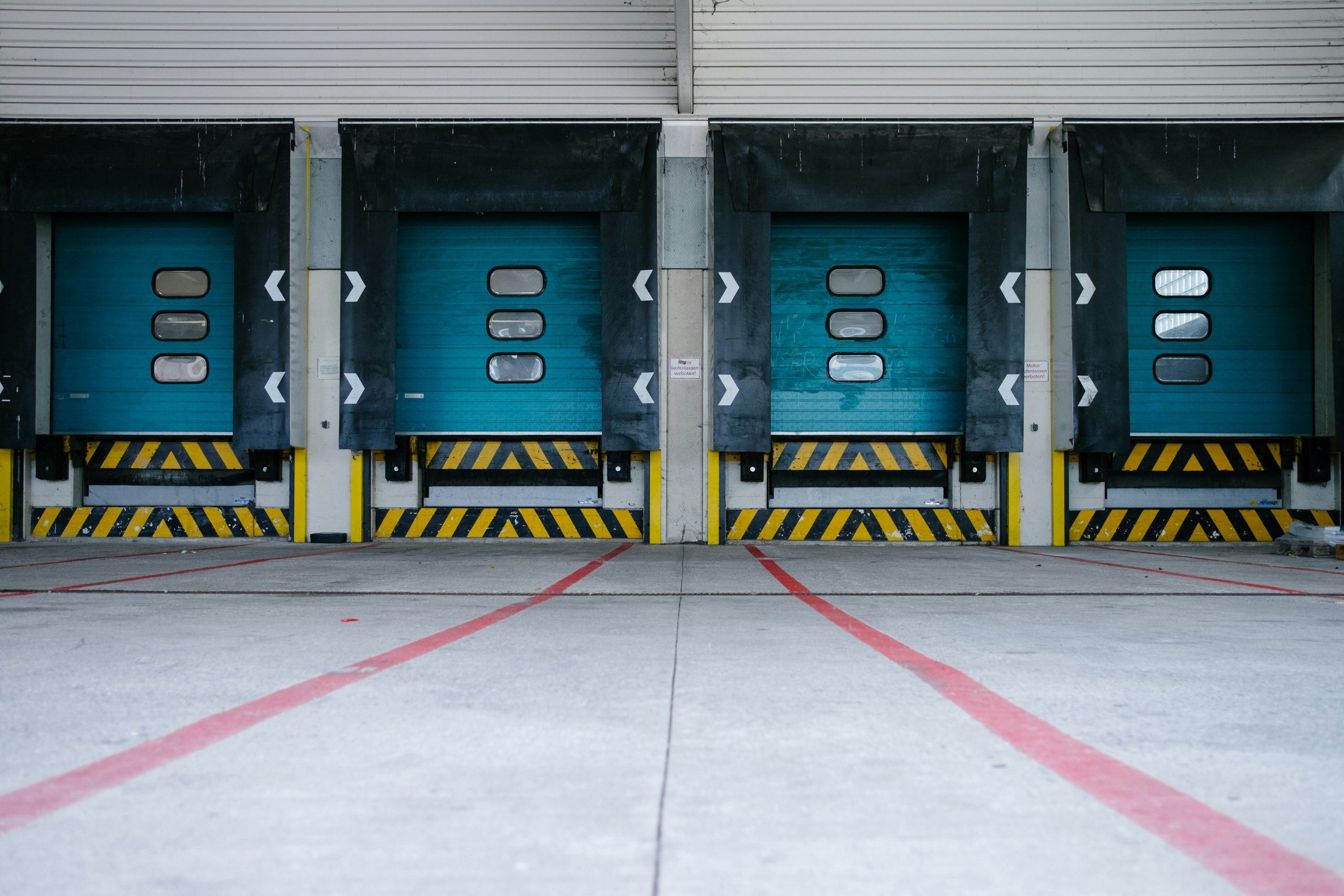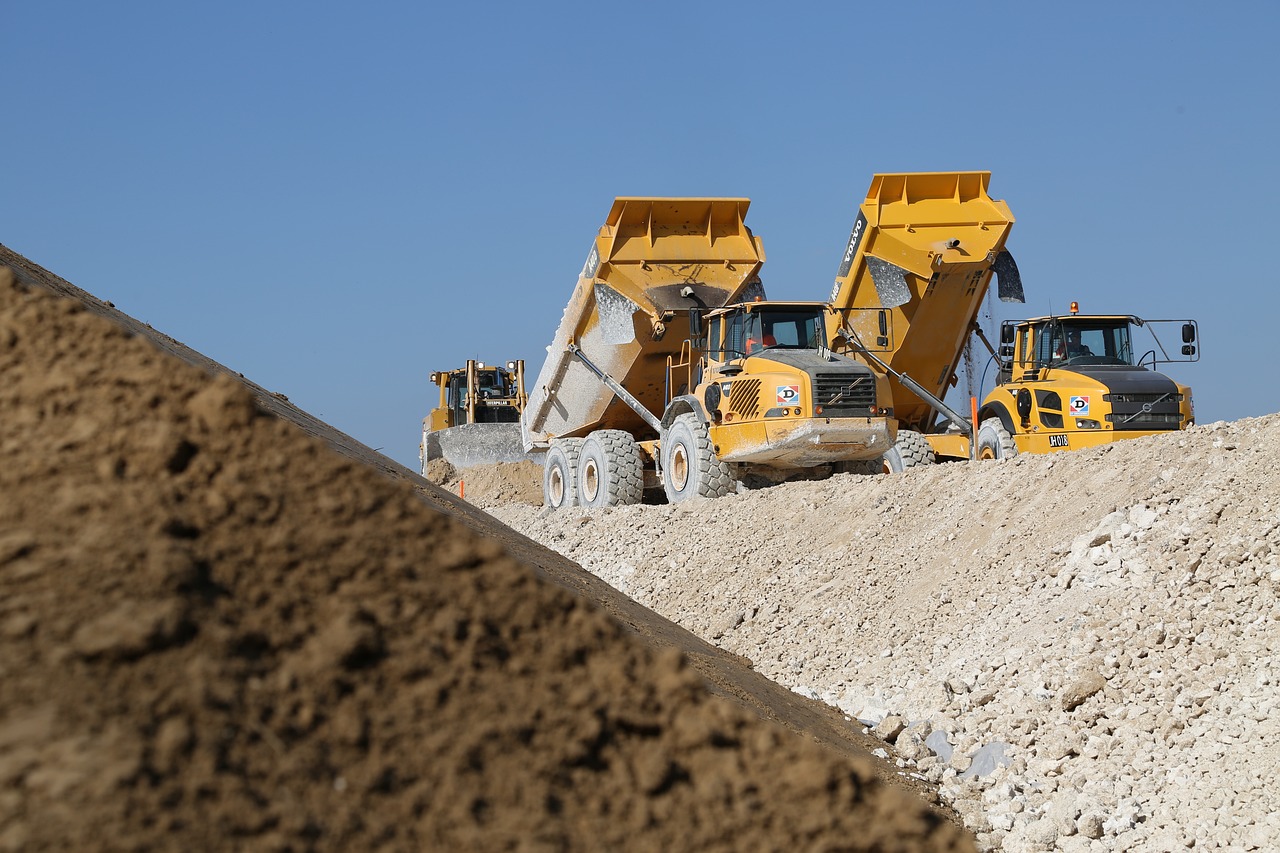Optimizing construction logistics to reduce costs: Strategies and best practices
The construction industry is known for its high costs and complex logistics.
Optimizing construction logistics is crucial to keeping projects on budget and on time.
By implementing efficient strategies for materials handling, transportation, warehousing, and communication, construction companies can significantly reduce their costs.
In this article, we explore the best practices for optimizing construction logistics and saving money.
Careful planning and forecasting
Effective construction logistics starts with careful planning and forecasting.
Anticipating and planning for material needs, deliveries and workflows is crucial to avoid unnecessary costs and delays.
By performing a detailed analysis of material needs based on the project timeline and specifications, you can ensure that the right amount of material is ordered at the right time, minimizing inventory costs and material waste.
A well-developed schedule that includes delivery times and workflows helps avoid bottlenecks and waiting times by coordinating deliveries with work phases.
Digital tools and software improve forecasting and planning by anticipating future needs and identifying potential problems before they occur.
Efficient warehouse management and transport optimization
Inventory is a significant cost factor in construction logistics, but by implementing effective inventory management strategies, construction companies can reduce their inventory costs and improve material management.
Using just-in-time (JIT) deliveries reduces the need for warehousing by delivering materials just when they are needed, reducing storage costs and the risk of material loss.
Warehouse management systems (WMS) can optimize warehouse processes by tracking materials, improving inventory management and optimizing storage space.
Reusing materials from previous projects reduces the need for new purchases and waste costs.
Transport costs are a major part of construction logistics, and optimizing transport processes can significantly reduce these costs.
Route optimization tools help plan the most efficient transport routes, reducing fuel costs and transport times.
Through co-loading, deliveries can be coordinated to maximize the fill rate of transport vehicles, reducing the number of trips and saving fuel.
Considering alternative means of transportation, such as train or boat, can also be more cost-effective than road transport for large quantities of materials over long distances.
Use of technology and digital tools
Modern technologies and digital tools have the potential to significantly improve construction logistics and reduce costs.
Building information models (BIM) offer a detailed digital representation of the construction project, allowing for more precise planning and coordination of material flows and logistical activities.
With the help of BIM, all parties involved in the project can have a common platform to avoid mistakes and streamline the workflow.
Transport management systems (TMS) are another important technology that helps to plan and optimize transport.
Through TMS software, construction companies can monitor deliveries in real time, manage shipping costs and ensure that transportation is on schedule.
This improves both efficiency and cost control in the transportation process.
The Internet of Things (IoT) and sensors offer further improvements by enabling real-time monitoring of materials and equipment.
By using sensors, construction companies can track where materials are in the supply chain, providing better visibility and control.
This allows problems to be identified and addressed quickly, reducing the risk of delays and cost overruns.
Effective communication and cooperation
Effective communication and cooperation between all parties involved is crucial to optimize construction logistics and reduce costs.
Regular project meetings with all parties involved are necessary to discuss logistical needs, schedules and any issues that may arise.
To support this, digital collaboration tools and platforms, such as email, teleconferencing and advanced project management tools, are essential to improve cooperation between project managers, suppliers and carriers.
Transparent communication is also crucial; all parties should have access to timely and accurate information on project status, material requirements and delivery schedules to ensure smooth and efficient coordination.
Investing in training and skills development for employees is another key to improving efficiency and reducing costs.
By conducting regular training programs, construction companies can improve their employees’ knowledge of logistics and materials management best practices.
It is also important to encourage continuous skills development and certification to ensure that staff always have the latest knowledge and skills.
These investments contribute to a more efficient workforce and can significantly impact project success and cost-effectiveness.
Conclusion
Optimizing construction logistics is a complex but necessary process to reduce costs and improve efficiency in construction projects.
Through careful planning and forecasting, efficient inventory management, optimization of transportation, use of modern technology, effective communication and investment in training, construction companies can significantly reduce their logistics costs.
With the right strategies and tools, the construction industry can achieve a more cost-effective and sustainable future, where projects are delivered on time and within budget, while minimizing environmental footprints.
Thank you for reading our article on optimizing construction logistics to reduce costs.
We hope that you have found the insights useful and that they can help improve construction logistics in your future projects.
Thank you for your interest and for taking the time to read!






